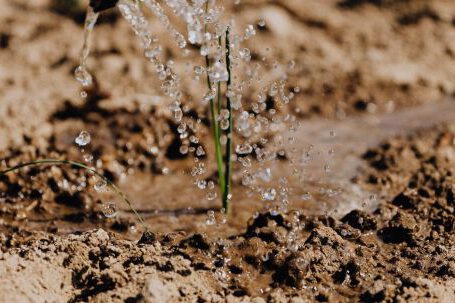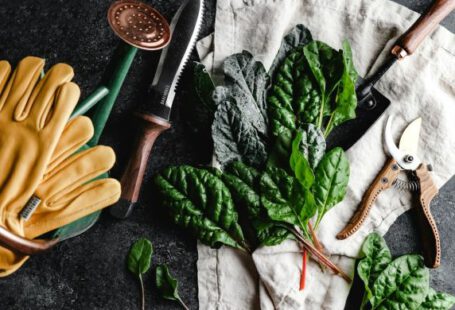Permaculture Techniques for Edible Gardens
Creating an edible garden is not only a sustainable way to produce your own food, but it also allows you to connect with nature and experience the joy of growing your own fresh produce. Permaculture, a holistic approach to gardening and design, provides a set of principles and techniques that can help you create a thriving and productive edible garden. In this article, we will explore some of the key permaculture techniques for edible gardens.
1. Designing for Efficiency
Permaculture emphasizes the importance of designing your garden to maximize efficiency and productivity. By observing your site and understanding its unique characteristics, you can create a layout that takes advantage of natural resources such as sunlight, wind patterns, and water flow. Designing your garden in zones, with the most frequently visited areas closest to your home, can also help to minimize energy and time spent on maintenance.
2. Building Healthy Soil
Healthy soil is the foundation of a successful edible garden. Permaculture techniques focus on building and maintaining fertile soil by using methods such as composting, mulching, and vermiculture. Composting allows you to recycle organic waste from your kitchen and garden, creating nutrient-rich humus that can be used to improve soil fertility. Mulching helps to conserve moisture, suppress weeds, and add organic matter to the soil. Vermiculture, or using worms to break down organic matter, can further enhance soil health and structure.
3. Companion Planting
Companion planting is a technique that involves planting different species of plants together to benefit each other. Some plants have natural pest-repellent properties, while others attract beneficial insects or provide shade and support for climbing plants. By carefully selecting companion plants, you can create a balanced ecosystem in your garden, reducing the need for pesticides and promoting overall plant health.
4. Water Conservation
Water is a precious resource, and permaculture techniques aim to minimize water usage while maximizing its efficiency. Techniques such as rainwater harvesting, drip irrigation, and using water-efficient plants can help to conserve water in your edible garden. By collecting rainwater in barrels or tanks, you can use it to hydrate your plants during dry periods. Drip irrigation delivers water directly to the roots of plants, reducing evaporation and water waste. Choosing native or drought-tolerant plants can also help to reduce water consumption.
5. Creating Microclimates
Permaculture encourages the creation of microclimates within your garden to provide optimal growing conditions for different plants. By strategically placing plants in areas with varying amounts of sunlight, shade, and wind exposure, you can mimic the natural conditions that each plant requires. This allows you to grow a wider variety of plants and increase overall productivity.
6. Perennial Plants
Incorporating perennial plants into your edible garden is another key permaculture technique. Perennials are plants that live for multiple years, reducing the need for replanting and providing a consistent source of food. By choosing perennial vegetables, fruits, and herbs, you can create a low-maintenance garden that continues to produce year after year.
In conclusion, permaculture techniques offer a holistic and sustainable approach to creating edible gardens. By designing for efficiency, building healthy soil, practicing companion planting, conserving water, creating microclimates, and incorporating perennial plants, you can create a thriving and productive garden that provides you with a bountiful harvest while minimizing environmental impact. So why not embrace permaculture and start growing your own delicious and nutritious food?





